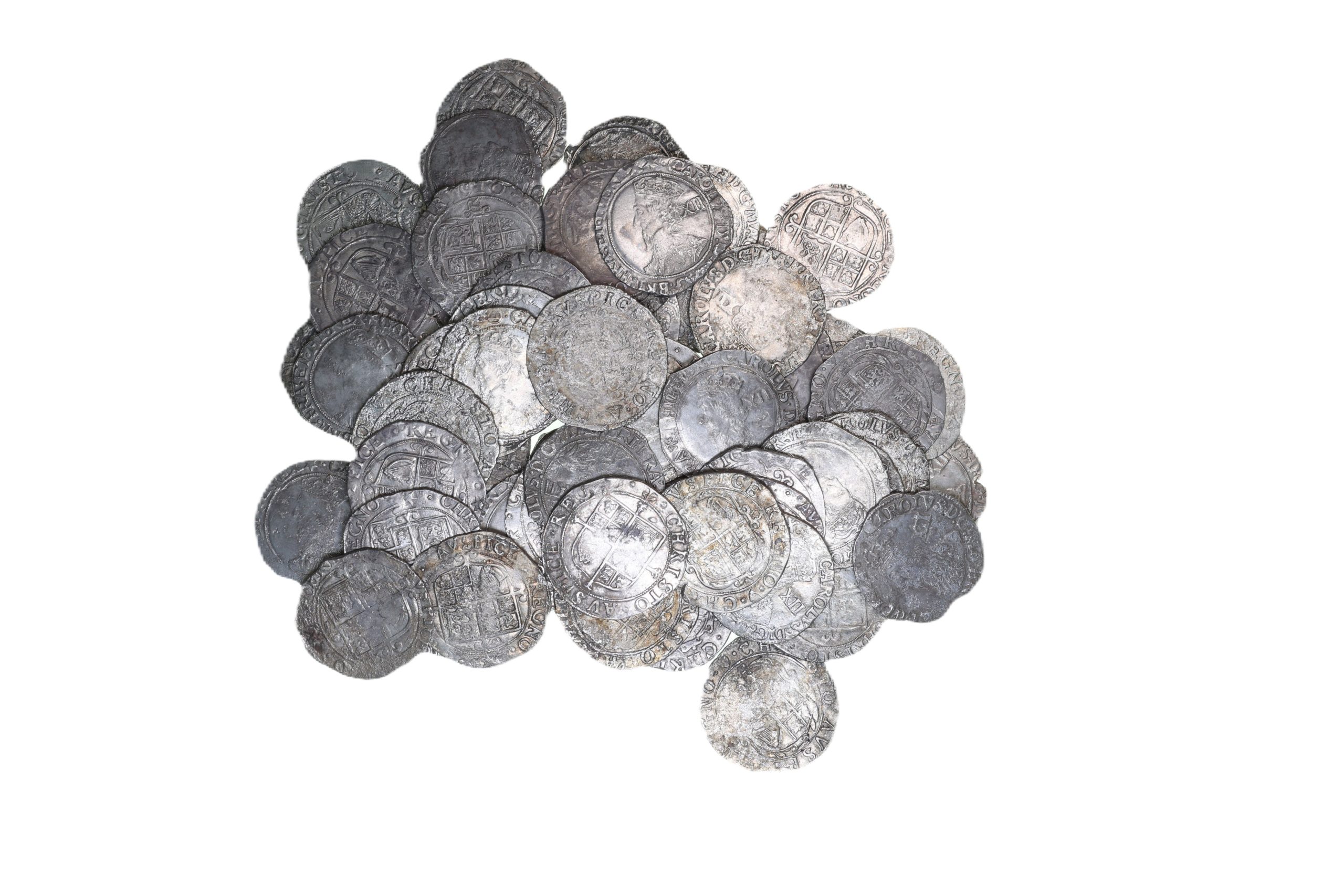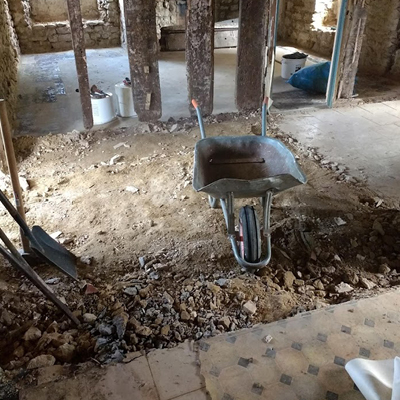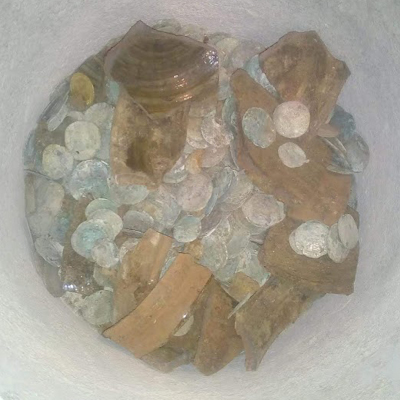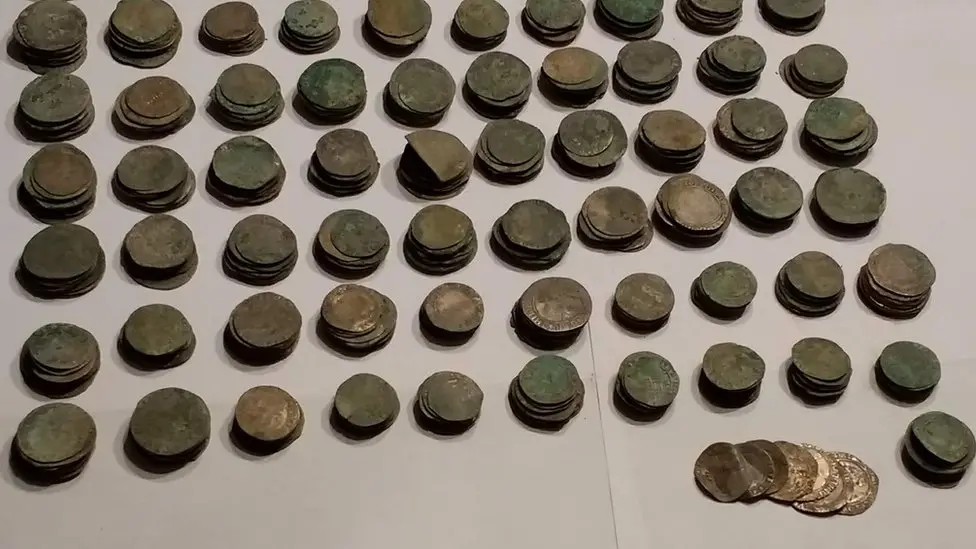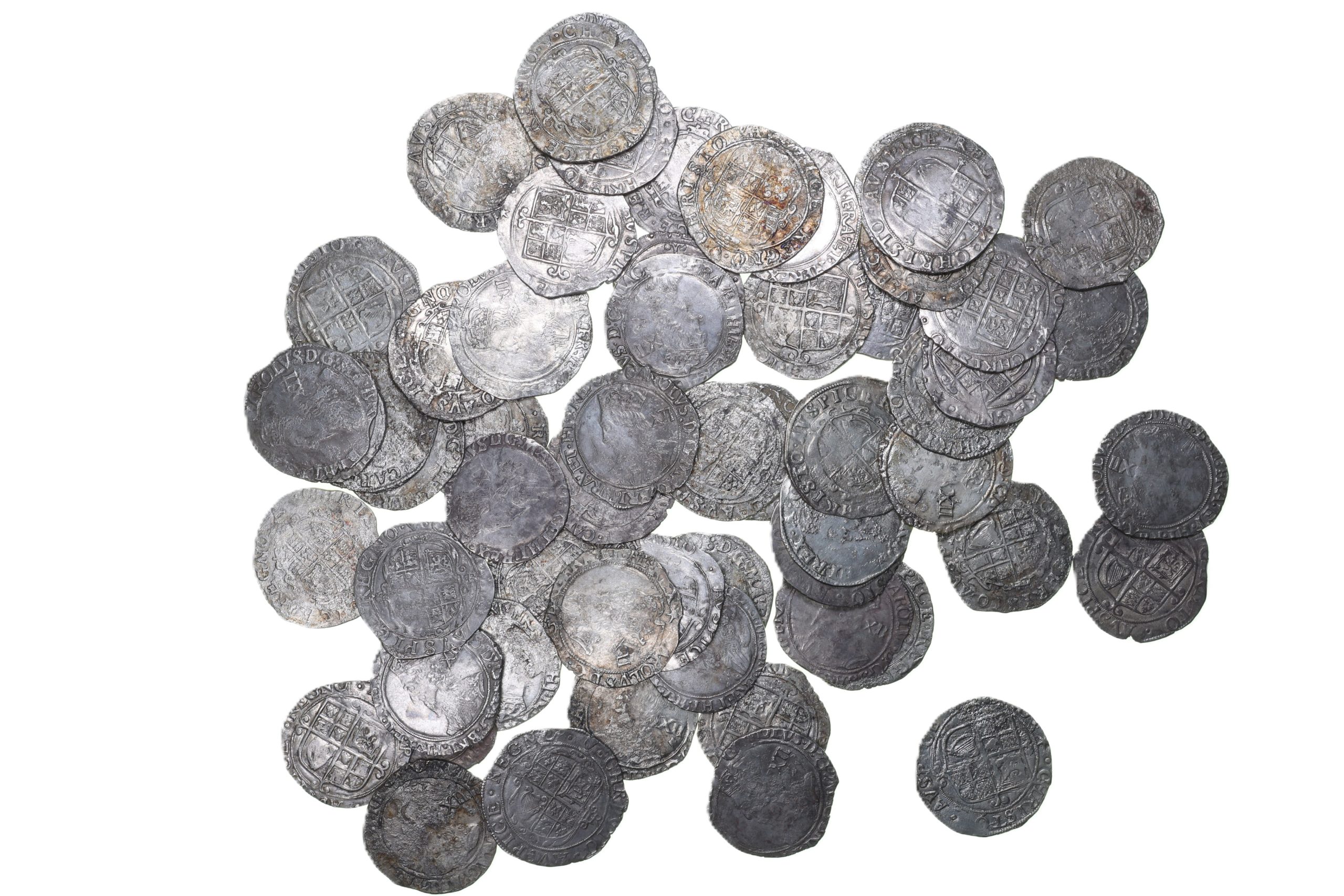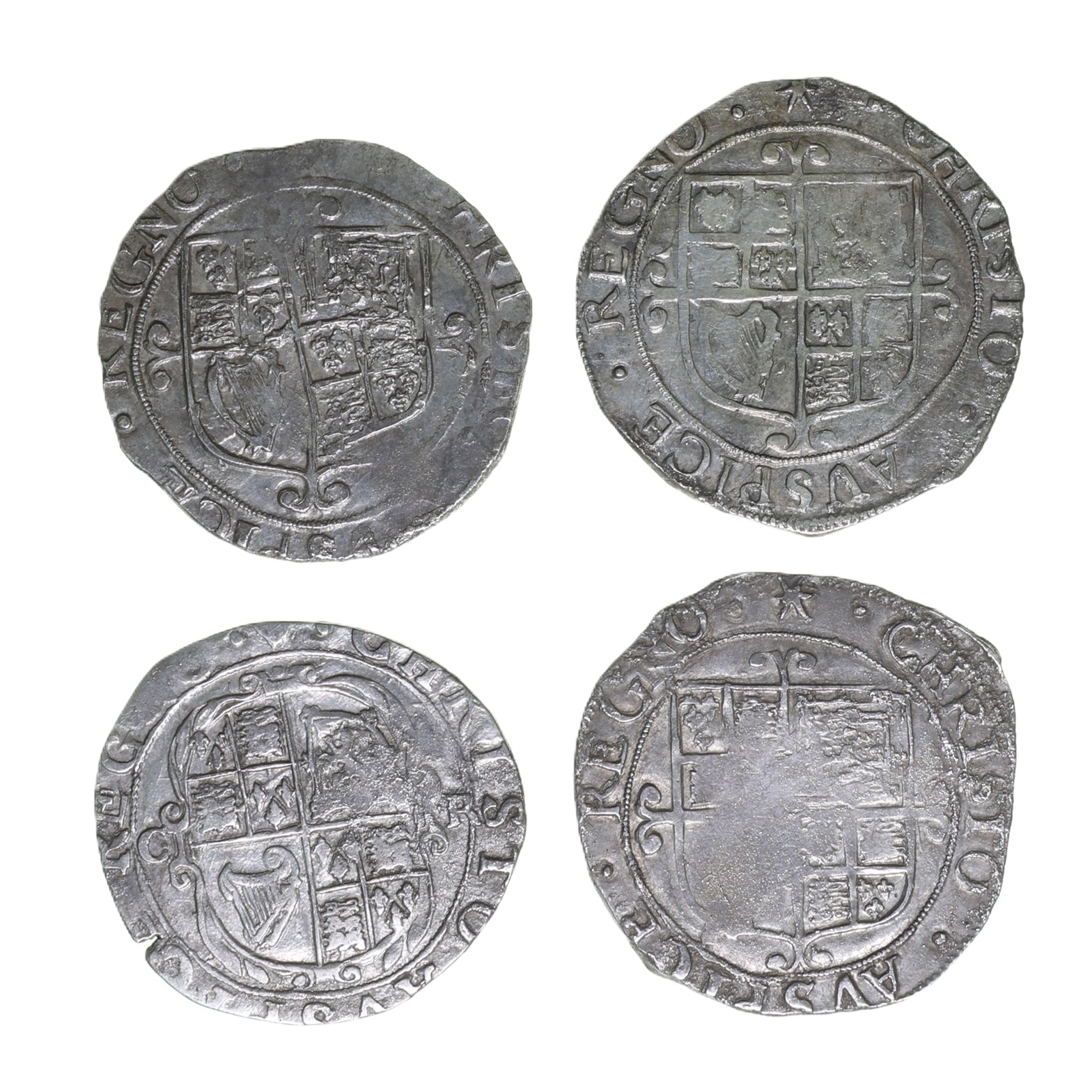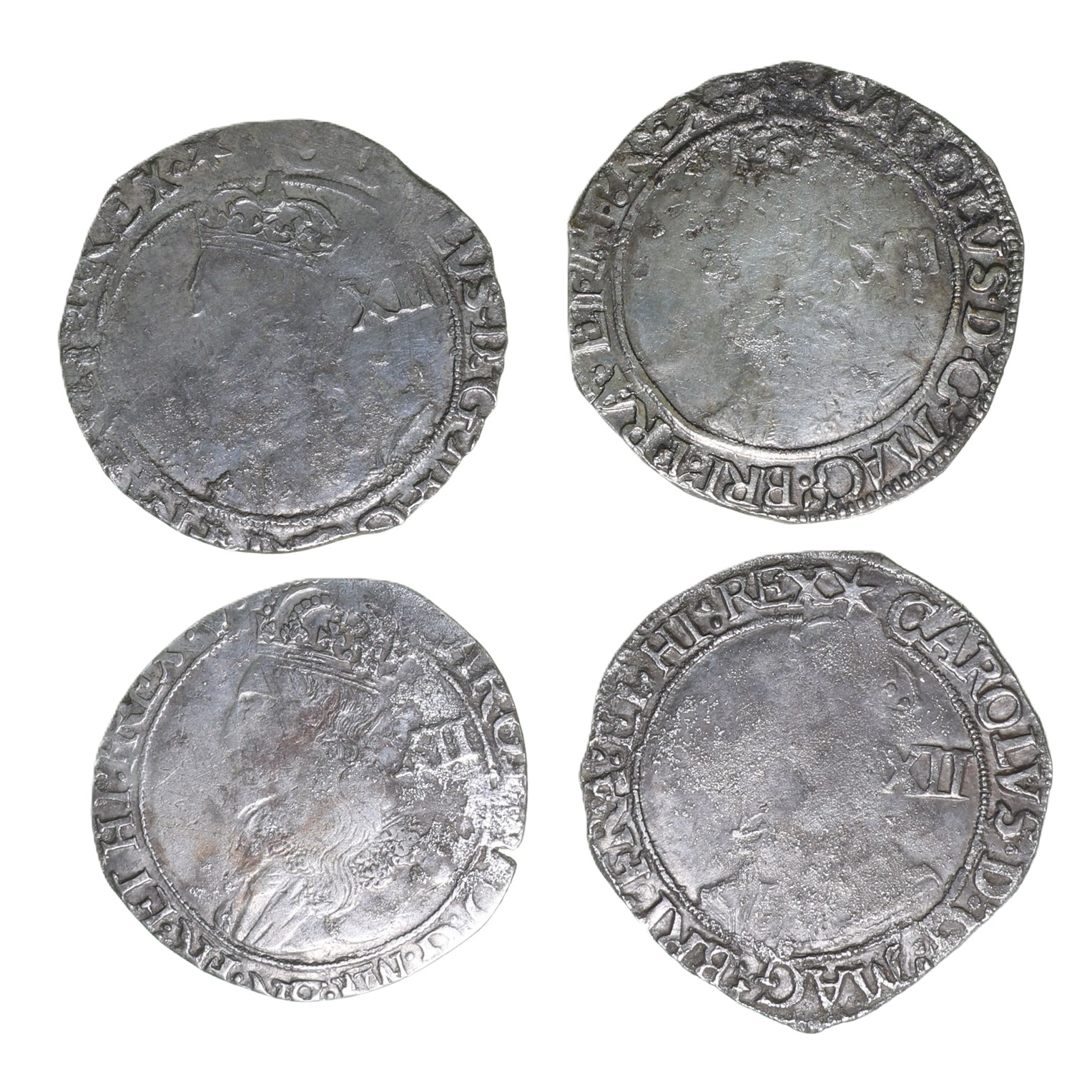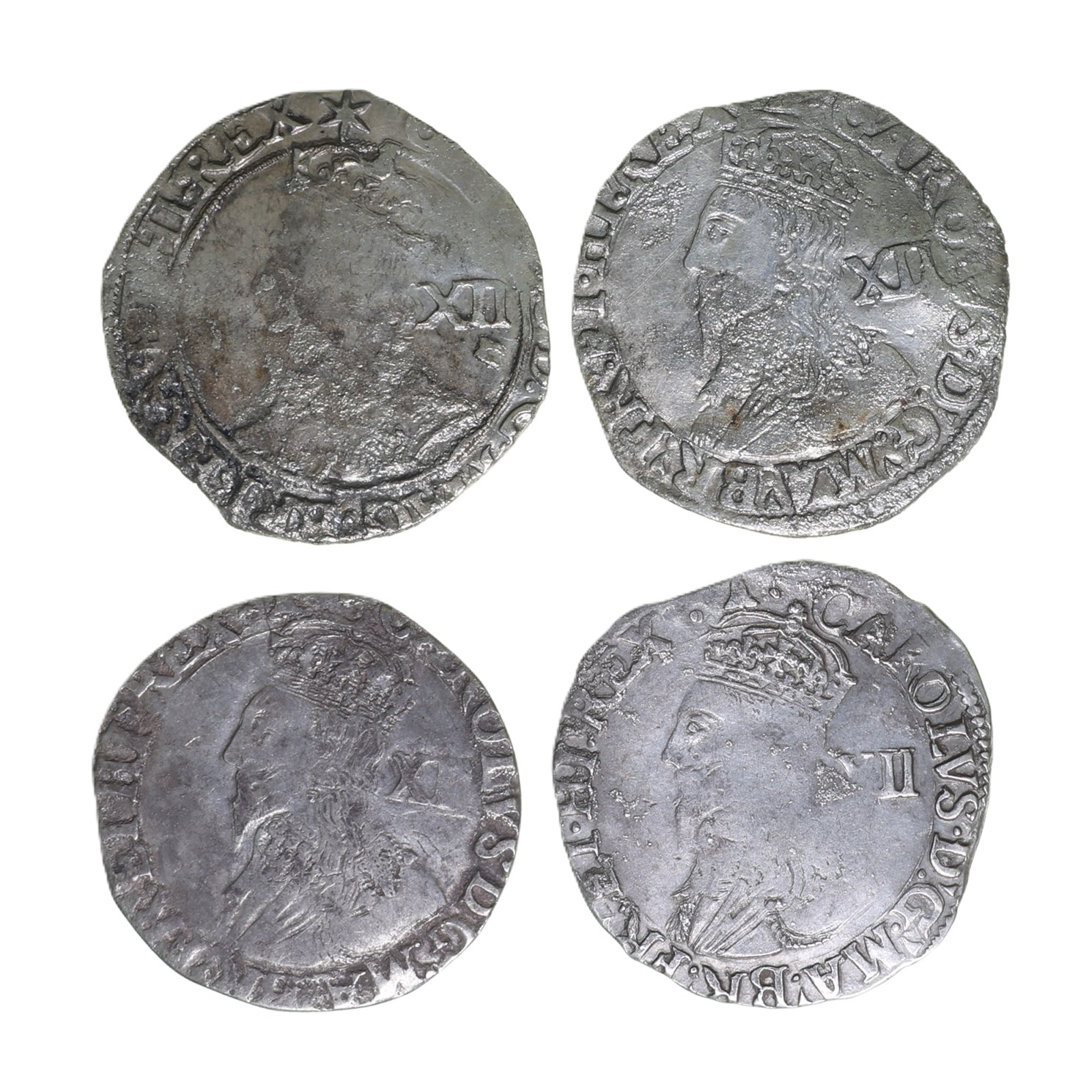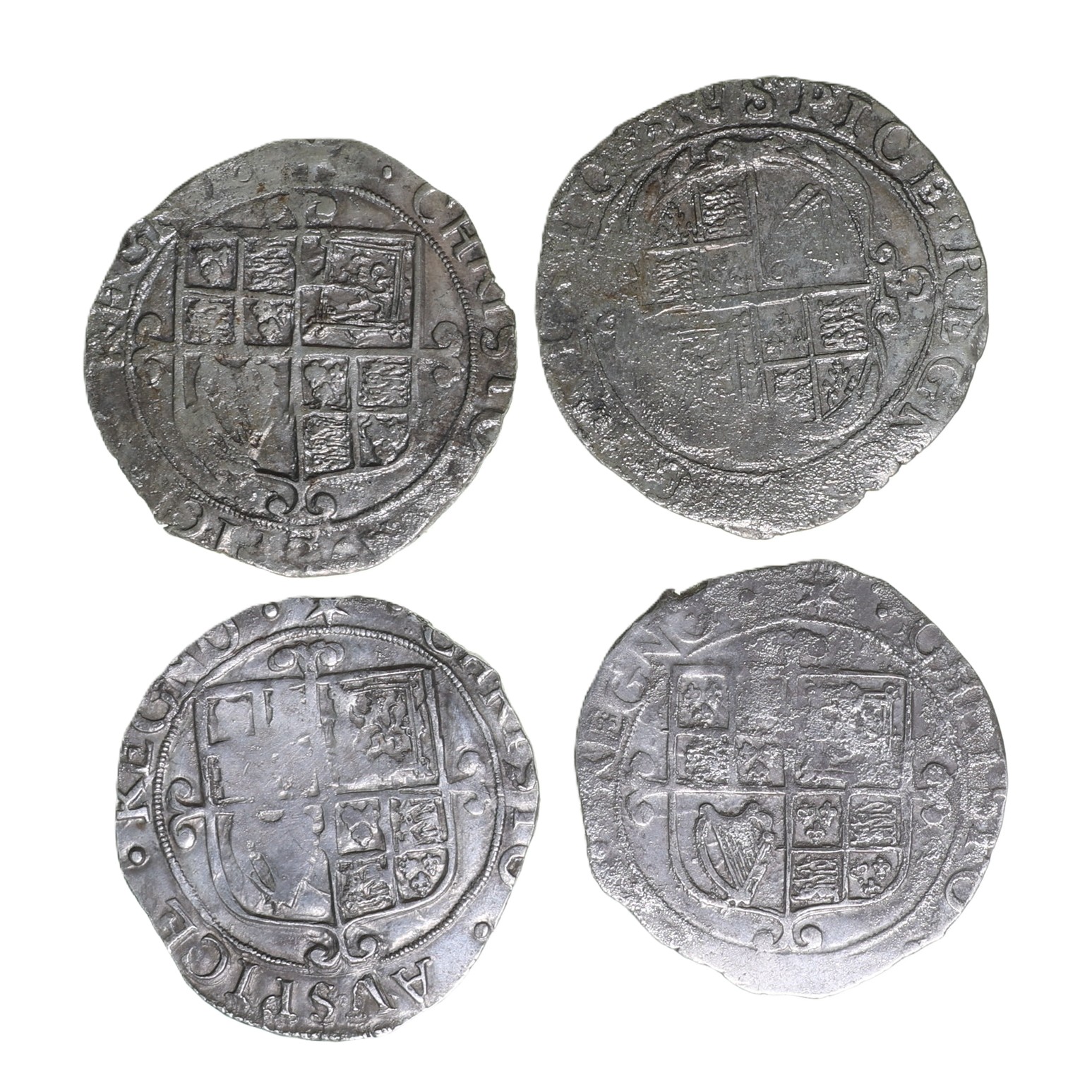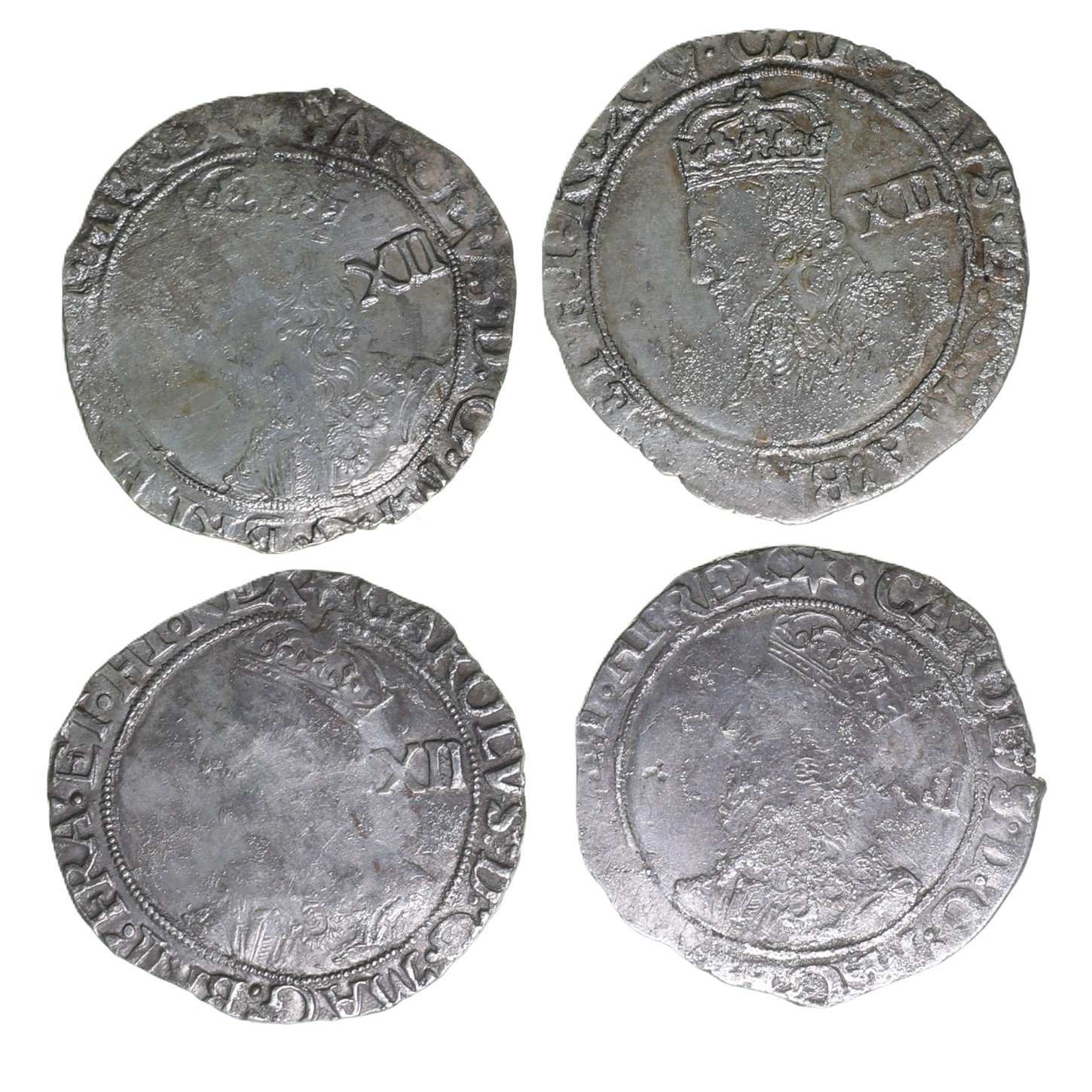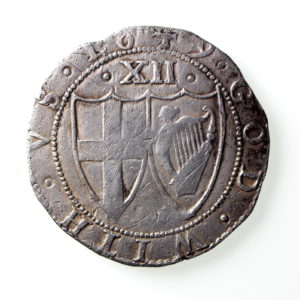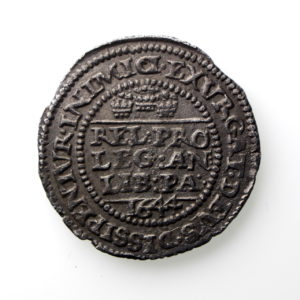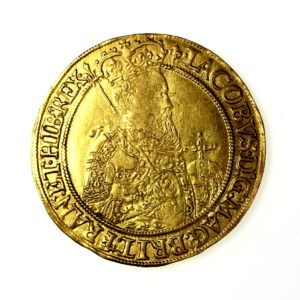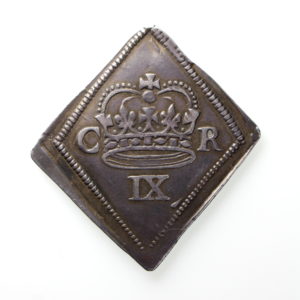*The Poorton Hoard* Charles I AD 1625-1649 60 Silver Shillings
£5,750.00
An exciting opportunity to acquire a large parcel of coins from an exciting English Civil War period treasure find, The Poorton Hoard.
All coins date to the reign of Charles I AD 1625-1649
Included in this sale are:
60 x Silver Shillings
Seldom do groups like this come up for sale, even less so do we see the opportunity to buy a substantial group of coins for a disclaimed find which can be further studied.
The Poorton Hoard
In April 2019, Robert Fooks was working late into the evening, using a pickaxe to lower the floor in the kitchen of his recently acquired cottage in the West Country. As he worked by torchlight, he uncovered an old pottery bowl filled with coins, caked in mud. Initially, he set the bowl aside without much thought and continued his task.
It wasn’t until the following day, when his wife examined the coins, that the significance of the discovery became apparent. What Robert had uncovered was a hoard of 16th and 17th-century coins.
These were believed to have been buried during the English Civil War by a landowner attempting to safeguard his wealth.
This hoard contains a variety of coins including James I and Charles I gold coins, silver half crowns, shillings and sixpences; Elizabeth I, Phillip and Mary silver shillings and sixpences.
The coins have been with the British Museum for identification and cleaning, they feel the coins were deposited on one occasion around 1642-4.
The coins were found with a glazed pottery bowl which was unfortunately smashed either during the digging or before.
The story of the fate of the landowner who buried the coins remains a mystery….
View Video Here (gold coin not included in this sale, silver coins are actual coins offered here)
The English Civil War erupted in AD 1642 when Parliament rebelled and Charles fled London to establish himself initially in Shrewsbury where he raised an army in the Welsh marches. After an inconclusive battle at Edgehill Charles proved incapable of re-entering London and instead established himself at Oxford. In AD 1643 the Royalist forces under the command of Prince Rupert were reasonably successful in the south west however with the establishment of the New Model Army under the command of Fairfax and Cromwell the Royalists were defeated at the Battle of Marston Moor in AD 1644 and then more seriously at the Battle of Naseby the following year. Returning to Oxford Charles was force to flee in disguise when the city came under siege. Travelling north to Newark and the Scottish Covenanters Charles was to be handed over to the Parliamentarians when they were victorious.
Initially held in Northamptonshire Charles tried to reach an agreement with the Parliamentarians but when he refused to accept a constitutional monarchy he was brought back to Hampton Court. Charles then managed to escape but instead of fleeing to Jersey ended up on the Isle of Wight where he was kept in Carisbrooke Castle. Attempting to negotiate Charles reached an agreement with Scots when he promised to restore Presbyterianism in Scotland. Fleeing north he joined up with the Scots but again was badly defeated and the Battle of Preston in AD 1648. Charles was brought back to London where he was tried for high treason. Found guilty he was later executed in January AD1649.
The start of the Civil War saw a proliferation of provincial mints as Charles attempted to raise funds to pay his forces. Much of the silver in the areas under Royalist control was to be melted down and reissued as coinage. There were also a number of emergency issues of what became known as Siege Pieces. These were issued in Newark, Scarborough and Carlisle during the 1st Civil War and later in Pontefract during the 2nd Civil War.
Out of stock

